An esker is a special sort of hill. Eskers develop underneath a glacier, so in Ohio they formed during the last ice age. The sediment that eventually creates an esker starts its life as the sand, gravel and rock deposited on the bottom of a riverbed. However the unusual thing about the associated river is that it flows under great pressure beneath a massive glacier. Instead of having normal riverbanks made of earth, this kind of river flows through a crevasse or icy tunnel at the base of a glacier. Over hundreds, even thousands of years, huge piles of sediment accumulate at the bottom of this subglacial river. When the glacier finally melts, the old riverbed remains as a long mound that rises above the surrounding landscape. To the causal viewer, they look like long, winding hills.
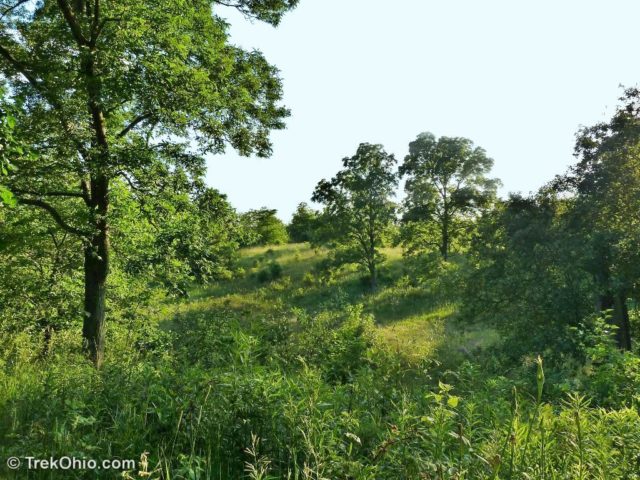
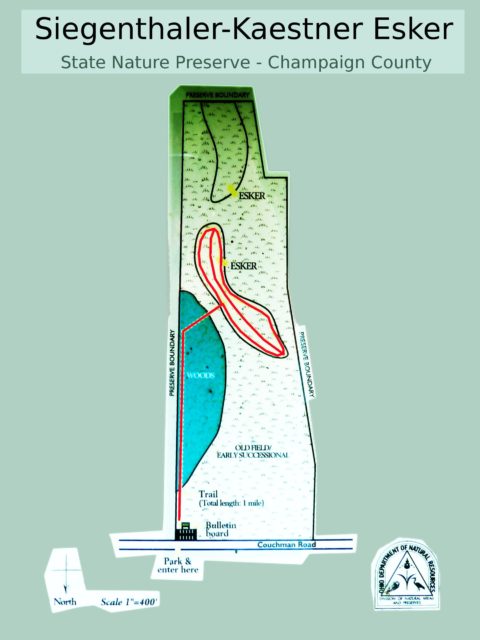
The Siegenthaler-Kaestner Esker State Nature Preserve features this sort of glacially shaped landscape. Since I was visiting Champaign County, I decided to check it out.
As I pulled up to the site, I was disappointed to see that the parking lot had grown into a field. I pulled in any way and looked over the kiosk that stood to the rear of the parking lot. There are no online trail maps for this preserve, so I’ve photographed the one on the kiosk and uploaded it to Flickr. After looking over the kiosk, I discovered that there are actually two eskers present on the preserve. According the map, I would follow a fence line, go along the edge of a small forest, and then arrive near the middle of the first esker. And it looked like the trail both encircled the esker and followed its ridgeline. The trail was about a mile in length, but since I’d have to repeat part of the trail to get back to my car, I figured I’d be walking about a mile and a half.
The trail was a mown path, but like the parking lot no one had mowed it for some time. Since tall grass often harbors insect pests, I sprayed on a liberal amount of DEET before heading out.
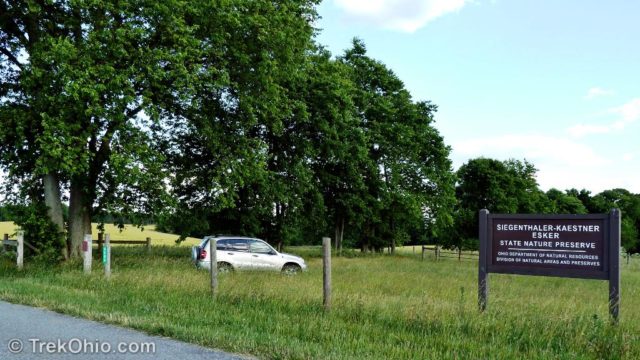
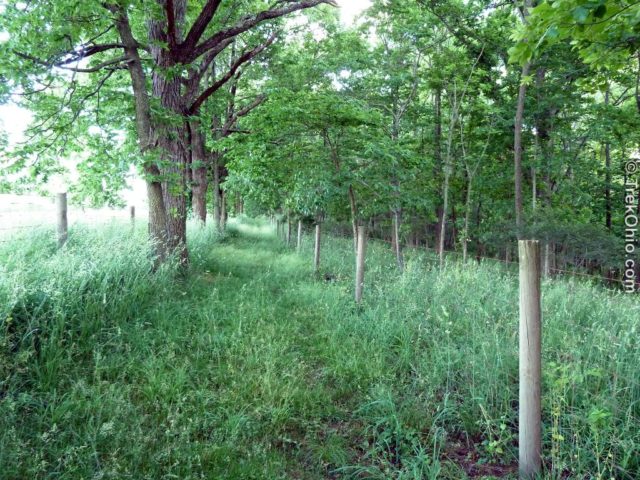
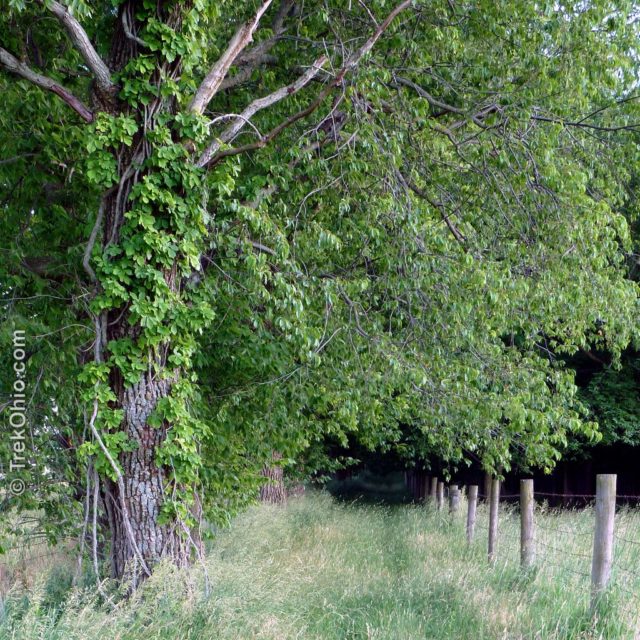
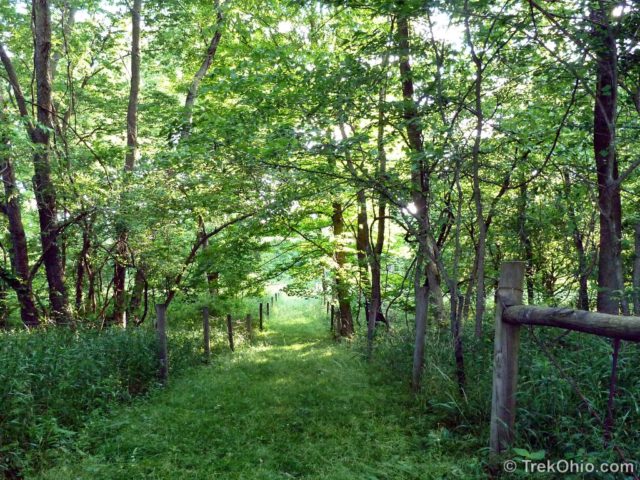
While walking through the grove, I though I could hear a deer moving about. As I drew within sight of the esker, I got to see the deer emerge from the woods, bound up the esker and out of sight.
A fence kept people from wandering away from the esker’s perimeter, but there was a grassy path around the hill. Here’s a look down the fence line at the lower portion of the esker.
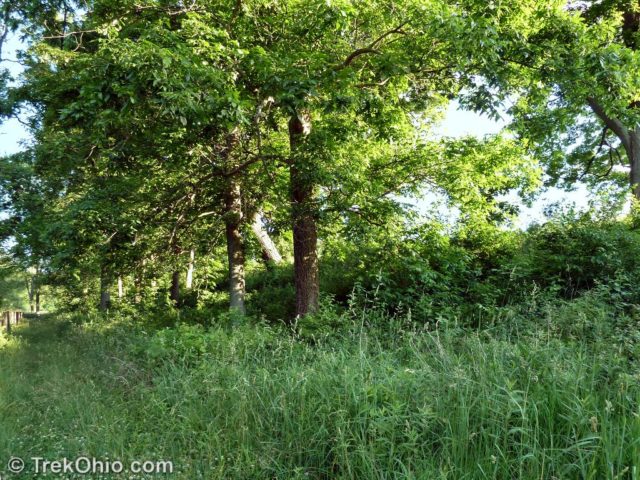
Perhaps due to runoff accumulating at the base of the esker, there were a lot of bugs buzzing around at this point. But there were also moisture-loving irises growing at the esker’s base.
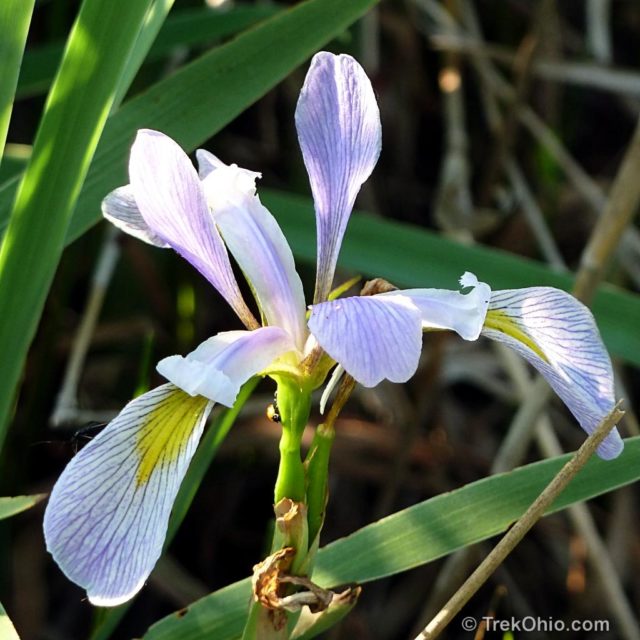
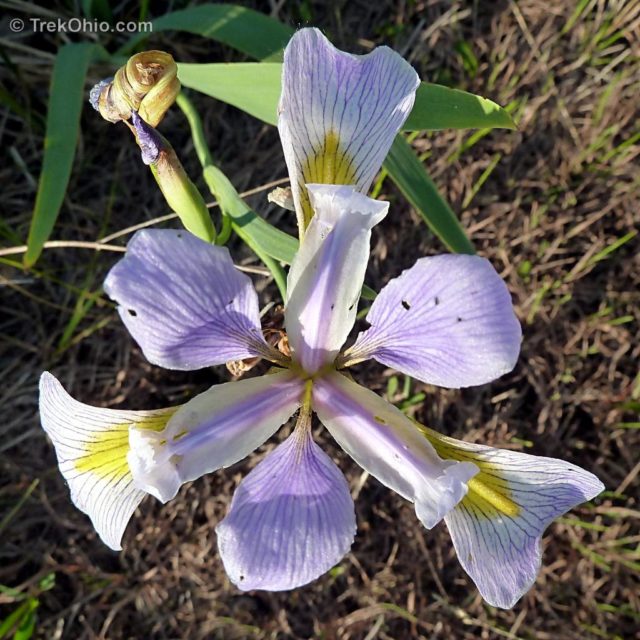
Because of the tall grass and weeds, the trail around the esker wasn’t that pleasant. Since I was wearing shorts (a bad choice), I had to keep my eyes out for thistles. They were interspersed throughout the trail, but occasionally they made thick patches.
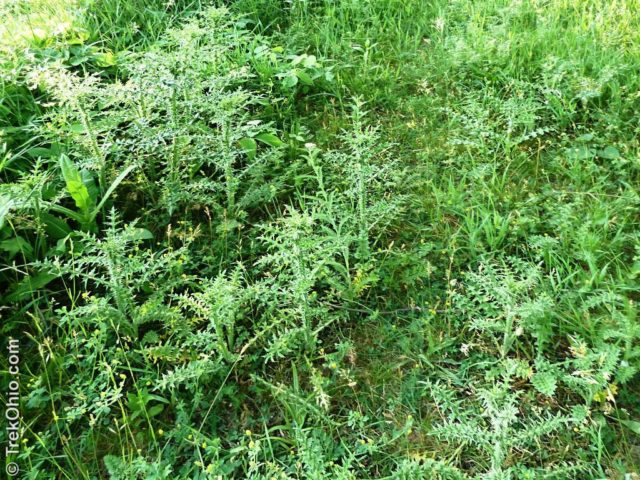
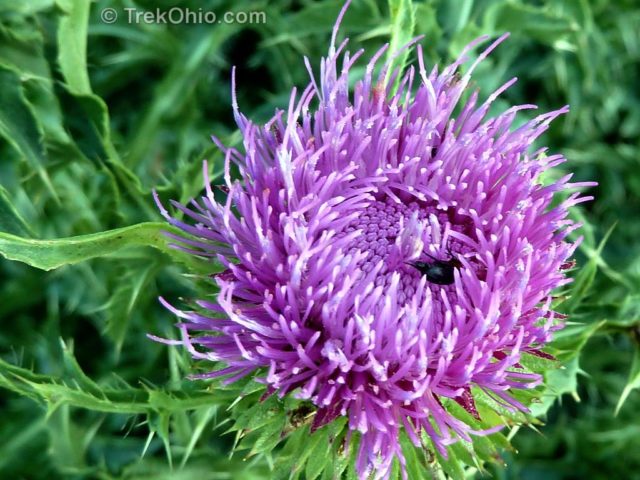
Once I got to the end of the esker, I could take a look at the path up the esker to its ridgeline. Although the grass was long, it still looked more appealing than the path around the esker, so I decided to give it a go.
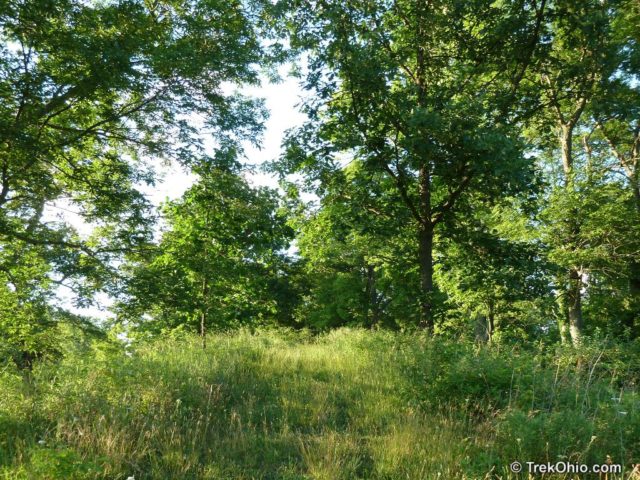
Once I got up to the top, I could look back to the south where the other esker was (the top picture of this post). However as I went north, there were so many trees along the esker that I soon was unable to see the other one.
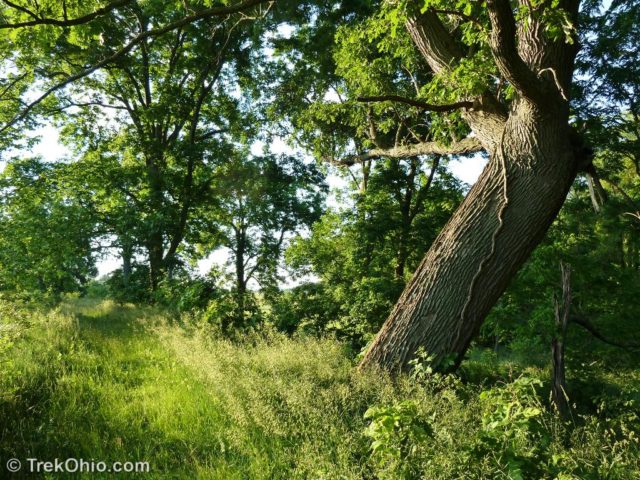
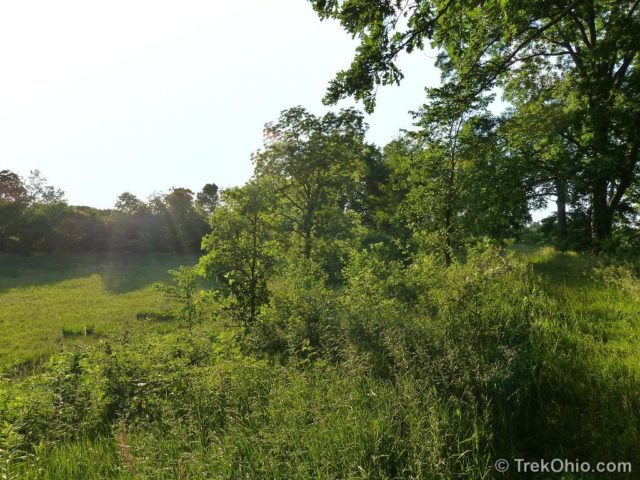
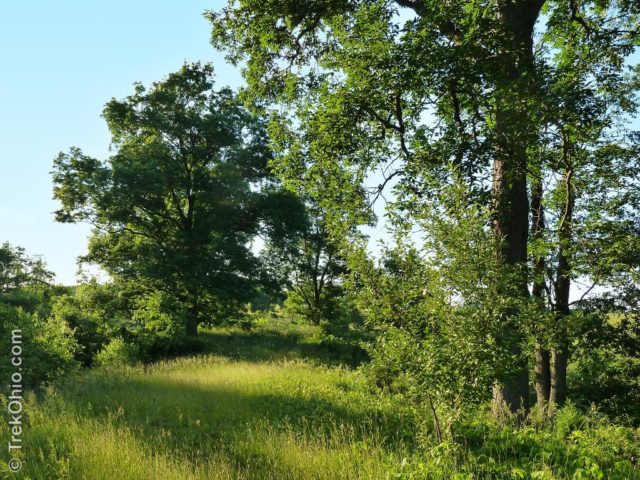
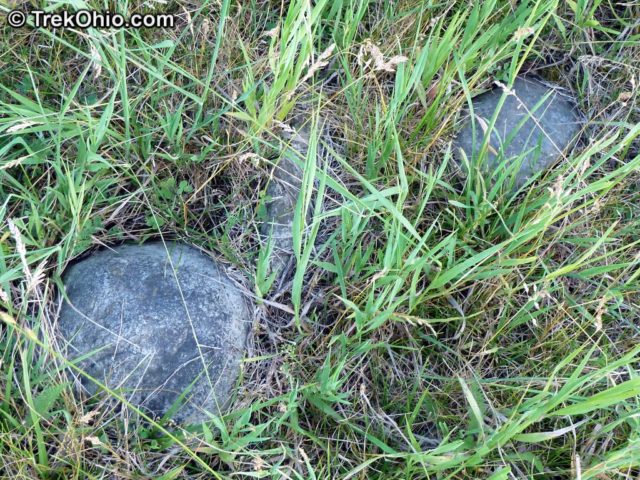
There were a number of flowers at the top of the hill that I hadn’t seen anywhere else at the preserve.
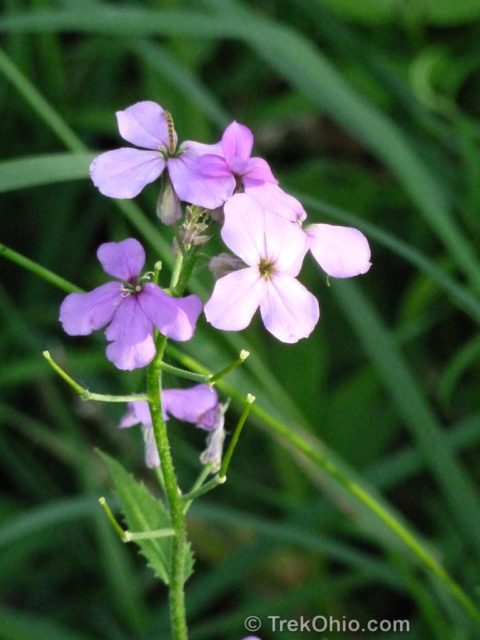
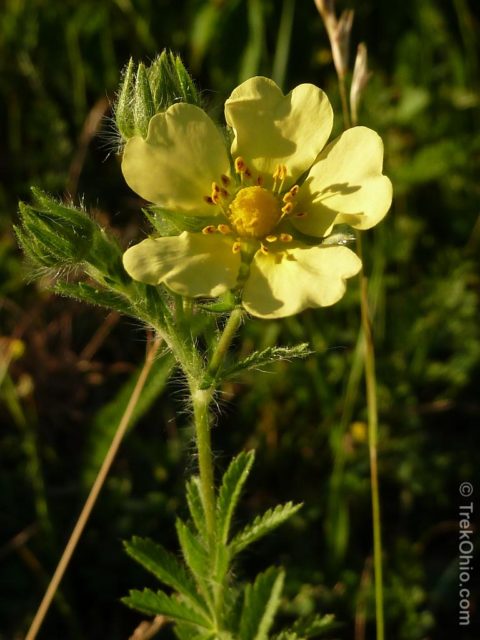
But for me the biggest treat was the flower species below. I had never seen it before, and once I got home it took it took some effort to learn that it was Wild Petunia.
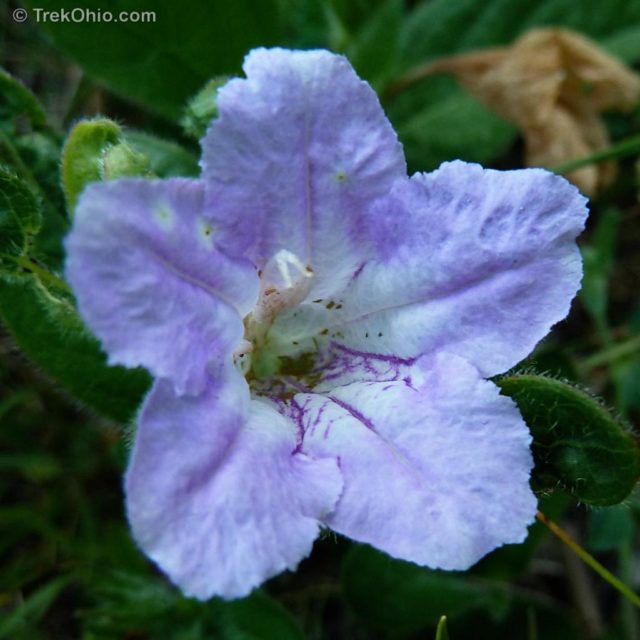
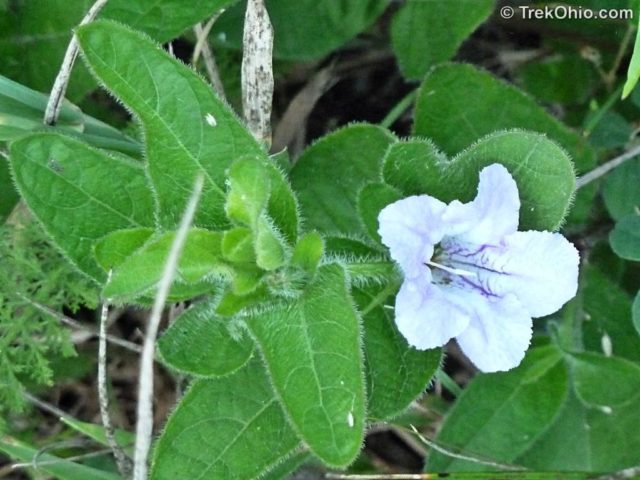
It was unusual to see one like this leaning over. Most of the flowers were pointed straight up.
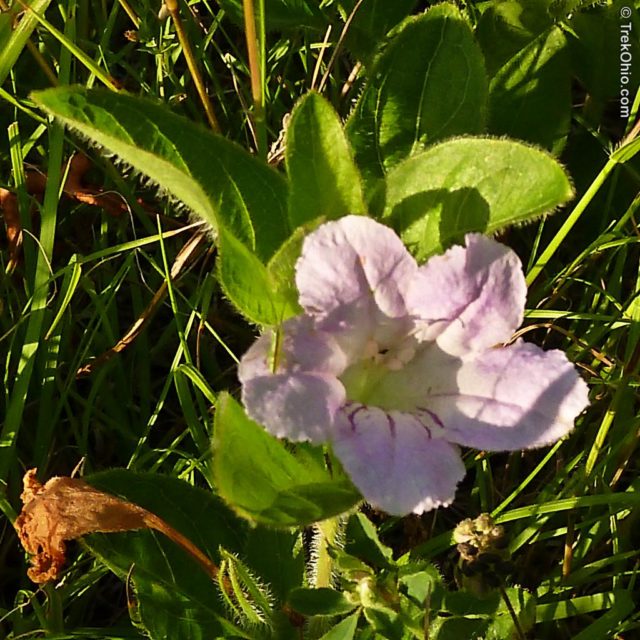
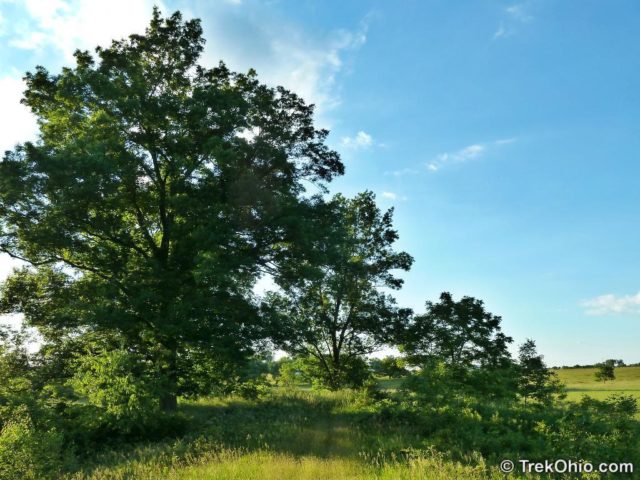
It was nearly sunset and I was ready to head home. However I had finally caught up with the deer that I had disturbed earlier.
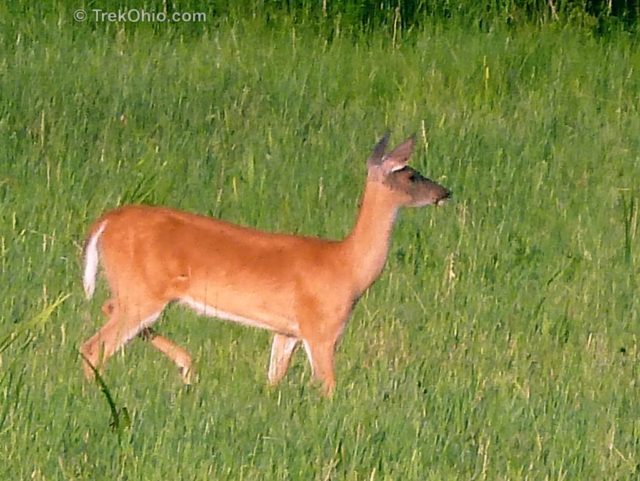
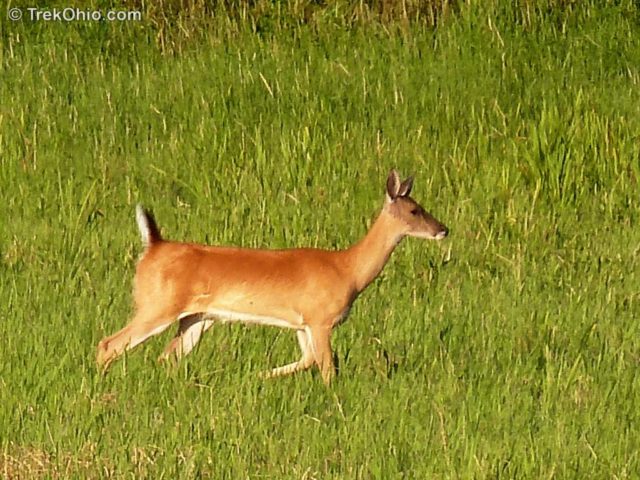
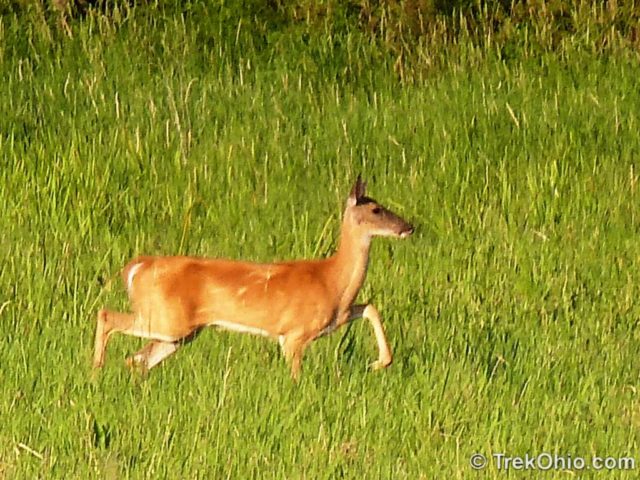
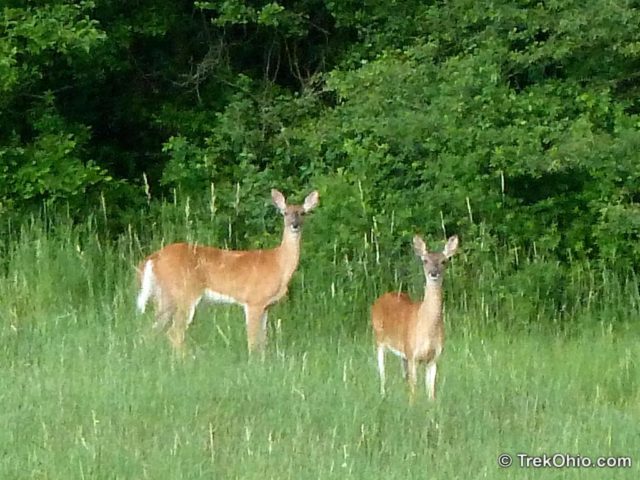
I thought it was an interesting place. If you go, wear long pants and bring DEET. 🙂
Location
More on Champaign County
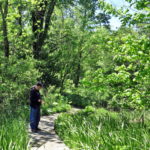
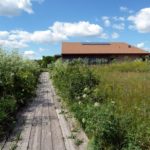
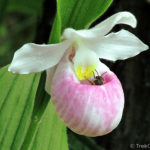
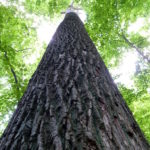
How wonderful photos. I enjoyed very much from Your flower photos in the nature. Especially I love the photo of Rough-Fruited Cinquefoil. Its flower is very beautiful and Your photo praises its beauty.
Thank you, Sartenada. I really liked the photo of the Rough-Fruited Cinquefoil, too. I took the photo just before sunset, and I liked the way that the low sun caused the flower’s stamen to cast shadows. I think I’m going to try to take more flower photos at this time of day. The following flower was also photographed when it was nearly sunset, and I think it has a similar effect.